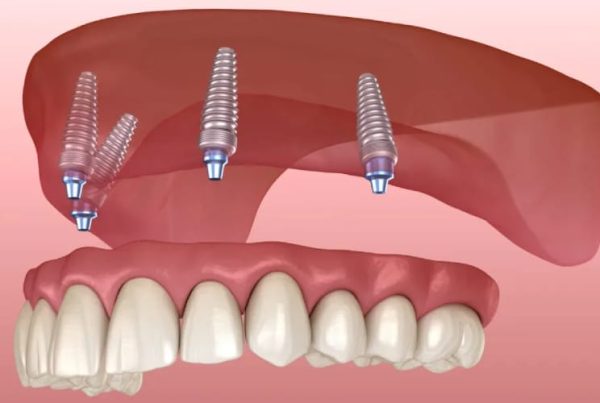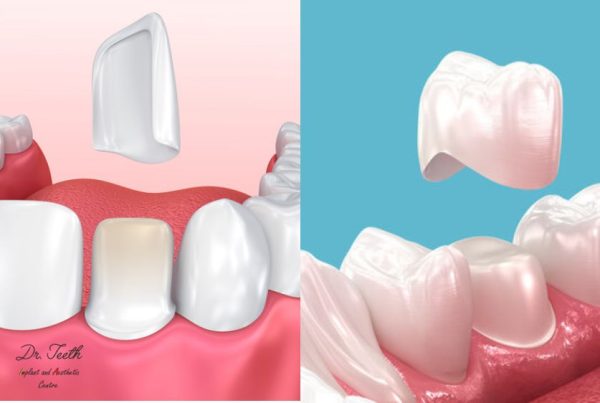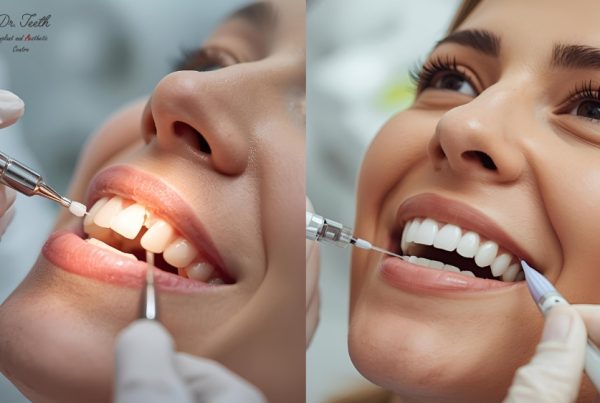Dental fillings are one of the most common and essential procedures in modern dentistry. When tooth decay or damage occurs, fillings help restore both functionality and aesthetics. However, with several types of dental filling materials available today, understanding the differences between them is crucial in making the right decision for your oral health. In this blog, we’ll explore the major types of dental fillings, their benefits and limitations, and how you can choose the most suitable option based on your needs.
What Are Dental Fillings and Why Are They Needed?
Dental fillings are restorative materials used to repair minor to moderate damage to the structure of a tooth. Typically, they are used to treat cavities caused by tooth decay, but they can also restore worn, cracked, or broken teeth. Dental filling services help prevent further decay, restore the natural shape of the tooth, and bring back normal chewing function.
If cavities are left untreated, the damage can progress deeper into the tooth, possibly leading to infection, root canals, or even tooth extraction. Fillings prevent such complications by reinforcing the affected tooth and sealing it against bacteria.
Types of Dental Filling Materials
There are several materials dentists use for fillings, each with its own set of advantages and disadvantages. Here’s a closer look at the most common ones:
1. Amalgam Fillings (Silver Fillings)
Amalgam is a metallic filling made from a combination of silver, tin, copper, and mercury. It has been used for over a century and is valued for its durability and strength.

Pros:
- Extremely strong and long-lasting (10-15 years or more)
- Cost-effective
- Quick to place
Cons:
- Noticeable silver color—not ideal for front teeth
- May require more removal of healthy tooth structure
- Contains mercury (in safe levels, but still a concern for some)
Best suited for: Back teeth where durability is more important than aesthetics.
2. Composite Fillings (Tooth-Colored Fillings)
Composite resin fillings are made of a plastic and ceramic compound. They can be closely matched to the color of your natural teeth.

Pros:
- Aesthetic, blends in with natural teeth
- Bonds well to tooth structure
- Requires less removal of natural tooth
Cons:
- Less durable than amalgam (5-7 years lifespan)
- Can stain over time
- Slightly more expensive than amalgam
Best suited for: Front teeth or visible areas where appearance matters.
3. Ceramic Fillings (Porcelain Fillings)
Ceramic fillings are made of porcelain and are usually crafted in a dental lab. They’re custom-made for a precise fit and excellent aesthetics.

Pros:
- Highly aesthetic and stain-resistant
- Biocompatible and non-toxic
- Very durable (can last 15+ years)
Cons:
- More expensive than other options
- Requires at least two dental visits in most cases
Best suited for: Patients who want a durable, natural-looking solution and are willing to invest more.
4. Glass Ionomer Fillings
Made from acrylic and a specific type of glass that releases fluoride, these fillings are often used in areas not subject to heavy chewing.

Pros:
- Fluoride release helps prevent future decay
Quick and easy to apply - Ideal for kids or temporary restorations
Cons:
- Less durable than other materials
- Not suitable for load-bearing areas
- Aesthetic quality is lower than composite
Best suited for: Temporary fillings, baby teeth, or areas not exposed to heavy chewing forces.
5. Gold Fillings
Gold fillings are made from gold alloy and are extremely durable. While not as common today due to their cost and appearance, they remain a premium option.

Pros:
- Very strong and long-lasting (20+ years)
- Biocompatible and wear-resistant
- Doesn’t corrode
Cons:
- High cost
- Metallic appearance
- Requires multiple appointments
Best suited for: Patients prioritizing longevity and strength over appearance.
How to Choose the Right Dental Filling for You

Choosing the appropriate dental filling involves several factors:
1. Tooth Location
Back molars need materials that can withstand heavy chewing, like amalgam or gold. For front teeth, aesthetics are more important, so composite or ceramic is a better option.
2. Size of the Cavity
Larger cavities might require more durable materials like ceramic or gold, while smaller cavities can be effectively filled with composite or glass ionomer.
3. Budget Considerations
Amalgam is the most affordable option, while ceramic and gold are more expensive. Composite lies somewhere in the middle.
4. Aesthetic Preferences
If you don’t want your fillings to be visible, composite and ceramic fillings are the most visually appealing.
5. Allergies or Sensitivities
If you’re allergic to metal or prefer metal-free options, avoid amalgam and gold. Opt for composite or ceramic instead.
Durability and Maintenance
Each type of filling has a different lifespan depending on the material used and your oral hygiene:
- Amalgam: 10–15 years
- Composite: 5–7 years
- Ceramic: 15+ years
- Glass Ionomer: 3–5 years
- Gold: 20+ years
To extend the life of your fillings:
- Brush and floss daily
- Avoid chewing hard objects like ice or pens
- Visit your dentist regularly for check-ups
- Get your fillings polished and monitored for wear
FAQs About Dental Fillings
- Are fillings painful?
Not usually. Local anesthesia is applied to numb the area. Some mild sensitivity may occur afterward. - How do I know if I need a filling?
Common signs include toothache, sensitivity, visible holes, or food trapping between teeth. Your dentist can detect early decay during a routine exam. - Can old fillings be replaced?
Yes. Worn, cracked, or leaking fillings should be replaced. Many patients choose to replace old metal fillings with tooth-colored composites for aesthetic reasons. - Are fillings permanent?
Fillings are long-lasting but not permanent. Over time, they can wear down or crack and will need replacement.
Final Thoughts
Dental fillings are an essential part of maintaining your oral health. With several materials to choose from—each offering unique advantages—the best way to decide is to consult your dentist. They can evaluate your dental condition, lifestyle, and preferences to recommend the most suitable filling type.
At Dr Teeth, we provide a full range of dental filling options tailored to your needs. Whether you prioritize durability, aesthetics, or cost-effectiveness, our expert team ensures comfortable, safe, and lasting dental care. Book your appointment today and take the next step toward a healthier smile!












